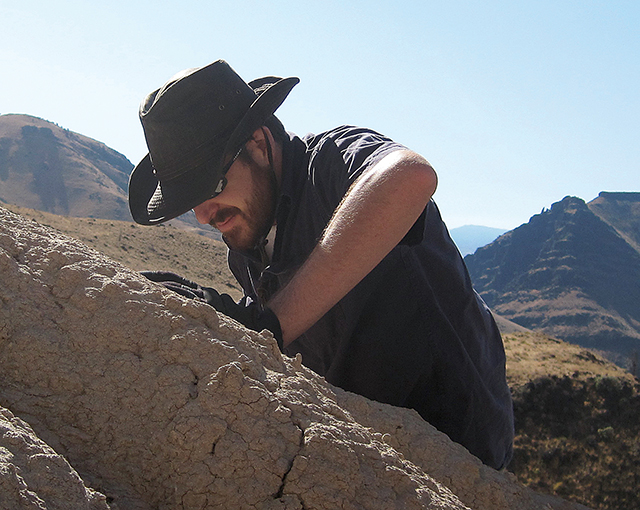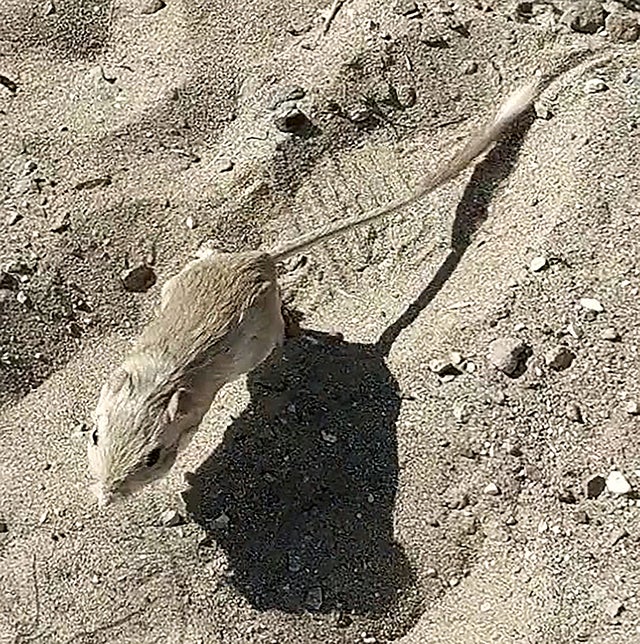ETSU scientist identified oldest and largest kangaroo rat fossil
Published 11:32 am Monday, March 13, 2023
1 of 2
|
Getting your Trinity Audio player ready...
|
JOHNSON CITY – Take a stroll through a desert in western North America, and you might spot a tiny hopping rodent with enormous ears. Kangaroo rats and kangaroo mice are well-adapted for life in dry habitats, but their distant ancestors were not.
Now, thanks to a new fossil discovered in Oregon, researchers have a clearer picture of how and why these charismatic critters evolved their unique lifestyle.
This fossil was identified as a new species in a study published in the journal Peer. Dr. Joshua Samuels, associate professor in the East Tennessee State University Department of Geosciences and curator at the Gray Fossil Site and Museum, led the study.
The new species has been named Aurimys xeros. It means “ear mouse from dry habitats.” This species is known from a single fossil consisting of a nearly complete skull and a partial foot. The fossils were uncovered at the John Day Fossil Beds in Oregon, at a site that preserves an ecosystem from the Early Miocene Epoch, about 23 million years old. It is the oldest known kangaroo rat, representing an early stage in the evolution of these animals.
Modern kangaroo rats are bipedal, meaning they hop on two feet just like kangaroos. They also have quite large ears. These key adaptations help them survive in flat, arid landscapes.
“Since there is not much cover in open habitats,” said Samuels, “they must use their excellent hearing and erratic hopping movements to help them escape from predators like rattlesnakes and owls.”
Like modern kangaroo rats, Aurimys had large ears, evidenced by its large “auditory bullae” (the bony components of the ears), but it does not appear to have been bipedal. In modern kangaroo rats and other bipeds, the spine enters the skull from underneath. But in Aurimys, that entrance is in the back of the skull.
Aurimys is also the largest known species of kangaroo rat. Modern kangaroo rats can get as big as 12 inches long, and about half of that is tail. But Aurimys was about one-third larger than that. It is possible that this extra bulk served as added protection against danger.
“The size may reflect the fact some of the main predators of kangaroo rats, rattlesnakes, were just showing up in the fossil record at this time,” Samuels said.
This early stage of kangaroo rat evolution also coincides with a global climate shift. During the Early Miocene, habitats around the world, including in Oregon, were becoming cooler and dryer.
“As climate changed, forests started to decline in many places, and were replaced by more open environments like deserts, steppe and grasslands,” Samuels added. “Kangaroo rats thrive in those habitats today, and are now some of the most common mammals in arid parts of western North America.”






